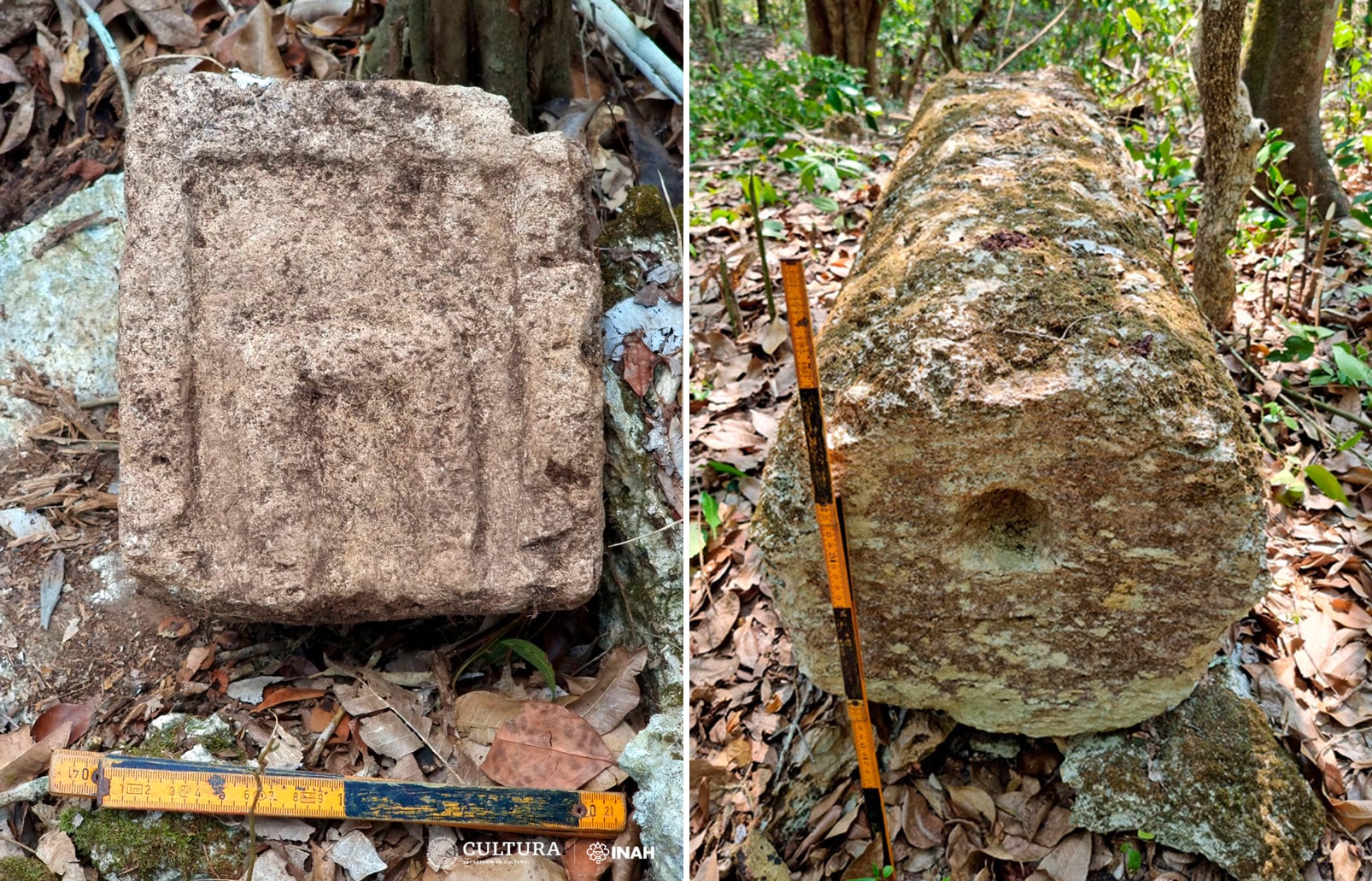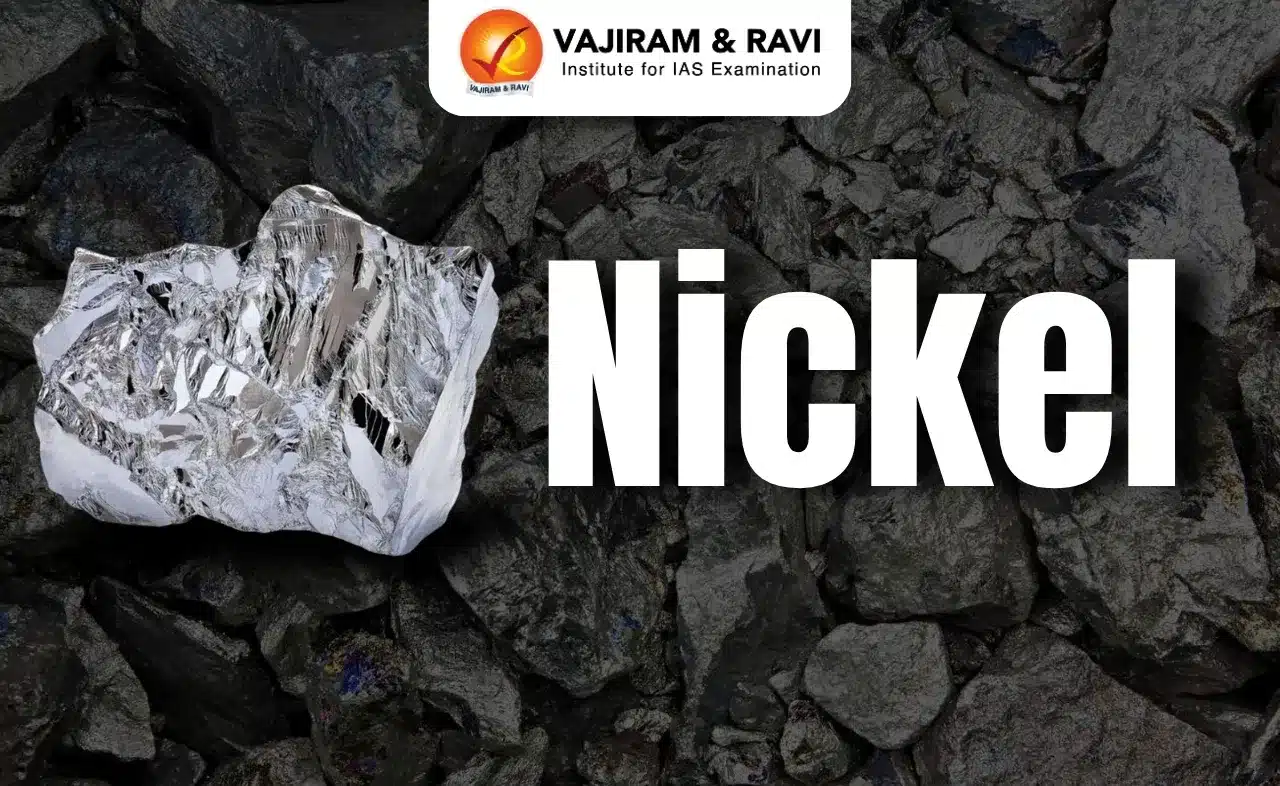About Ancient Maya city:
- It is located in the Balamku ecological reserve on the country’s Yucatan Peninsula.
- This city has been named Ocomtun – meaning “stone column” in the Yucatec Maya language.
- This would have been an important centre for the peninsula’s central lowland region between 250 and 1000 AD.
- The city includes large pyramid-like buildings, stone columns, three plazas with “imposing buildings” and other structures arranged in almost-concentric circles.
- It has a core area located on high ground surrounded by extensive wetlands.
Key Facts about Mayan Civilization
- The Maya are probably the best-known of the classical civilizations of Mesoamerica.
- Originating in the Yucatán peninsula around 2600 B.C., they rose to prominence around A.D. 250 in present-day southern Mexico, Guatemala, northern Belize and western Honduras.
- Building on the inherited inventions and ideas of earlier civilizations, the Maya developed astronomy, calendrical systems and hieroglyphic writing.
- The Maya were noted as well for elaborate and highly decorated ceremonial architecture, including temple pyramids, palaces and observatories, all built without metal tools.
- They were also skilled farmers, clearing large sections of tropical rainforest and, where groundwater was scarce, building sizable underground reservoirs for the storage of rainwater.
Where is Yucatan Peninsula?
- It is a Northeastern projection of Central America which is lying between the Gulf of Mexico to the west and north and the Caribbean Sea to the east.
- The peninsula is almost wholly composed of beds of coralline and porous limestone rocks.
Q1) What is hieroglyphics?
It is composed of pictorial symbols or signs known as hieroglyphs, which represent both objects and ideas. The term “hieroglyphics” is derived from the Greek words “hieros” meaning “sacred” and “glyphein” meaning “to carve.”
Source: Ancient Maya city discovered in a Mexican jungle
Last updated on June, 2025
→ UPSC Notification 2025 was released on 22nd January 2025.
→ UPSC Prelims Result 2025 will be out soon for the CSE held on 25 May 2025.
→ UPSC Prelims Question Paper 2025 and Unofficial Prelims Answer Key 2025 are available now.
→ UPSC Calendar 2026 is released on 15th May, 2025.
→ The UPSC Vacancy 2025 were released 1129, out of which 979 were for UPSC CSE and remaining 150 are for UPSC IFoS.
→ UPSC Mains 2025 will be conducted on 22nd August 2025.
→ UPSC Prelims 2026 will be conducted on 24th May, 2026 & UPSC Mains 2026 will be conducted on 21st August 2026.
→ The UPSC Selection Process is of 3 stages-Prelims, Mains and Interview.
→ UPSC Result 2024 is released with latest UPSC Marksheet 2024. Check Now!
→ UPSC Toppers List 2024 is released now. Shakti Dubey is UPSC AIR 1 2024 Topper.
→ Also check Best IAS Coaching in Delhi






















